
Pennsylvania, a state known for its diverse wildlife, is home to a variety of snake species. Snakes play a crucial role in the ecosystem, contributing to the balance of nature.
In this article, we will explore some of the deadliest, venomous, smallest, biggest, longest, and most common snake species found in Pennsylvania.
- Timber Rattlesnake
- Northern Copperhead
- Eastern Massasauga
- Eastern Worm Snake
- Black Rat Snake
- Northern Water Snake
- Eastern Hognose
- Northern Black Racer
- Northern Ring-Necked Snake
- Eastern Smooth Green Snake
- Queen Snake
- Eastern Garter Snake
- Eastern Milk Snake
1. Timber Rattlesnake
The timber rattlesnake (Crotalus horridus) is considered one of the deadliest snakes in Pennsylvania due to its venomous bite. Recognized by its distinctive rattling tail, these venomous snakes are often found in forested areas and rocky hillsides. Caution is essential when encountering this species to avoid potentially dangerous encounters.
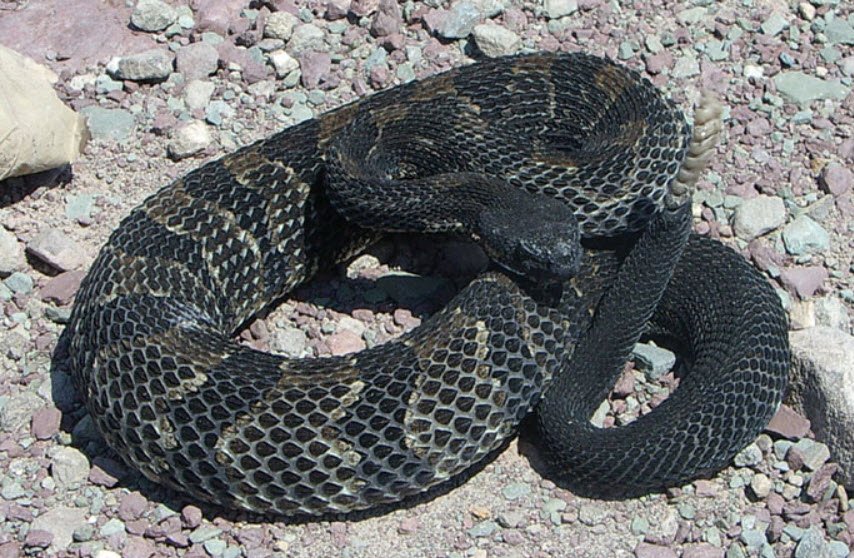
2. Northern Copperhead
The northern copperhead (Agkistrodon contortrix mokasen) is a venomous snake commonly found in Pennsylvania. Their venomous bite can cause significant discomfort and medical attention should be sought if bitten.
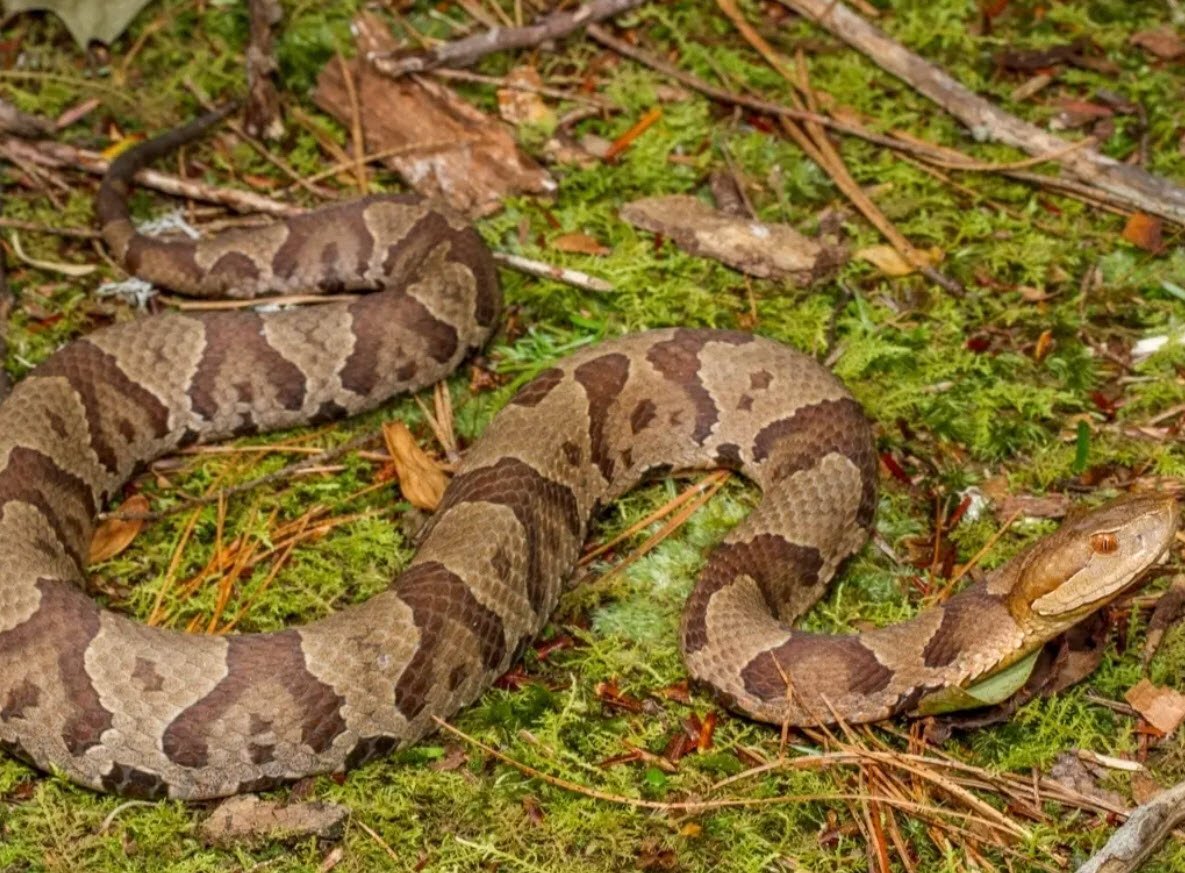
3. Eastern Massasauga
The eastern massasauga (Sistrurus catenatus catenatus) is a venomous rattlesnake species found in wetland areas of Pennsylvania. Although not aggressive, it’s important to exercise caution and maintain a safe distance from this snake.
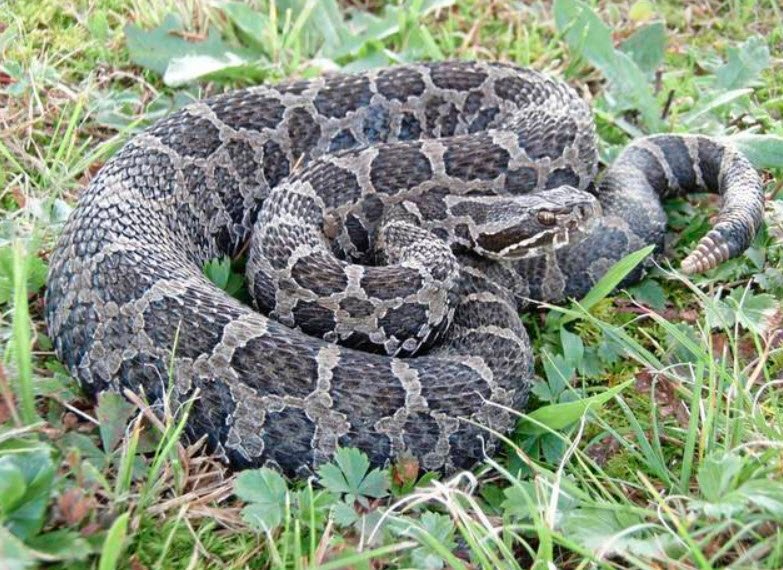
4. Eastern Worm Snake
The eastern worm snake (Carphophis amoenus amoenus) holds the title of the smallest snake in Pennsylvania. Typically measuring less than a foot in length, these harmless snakes primarily feed on insects and their larvae.
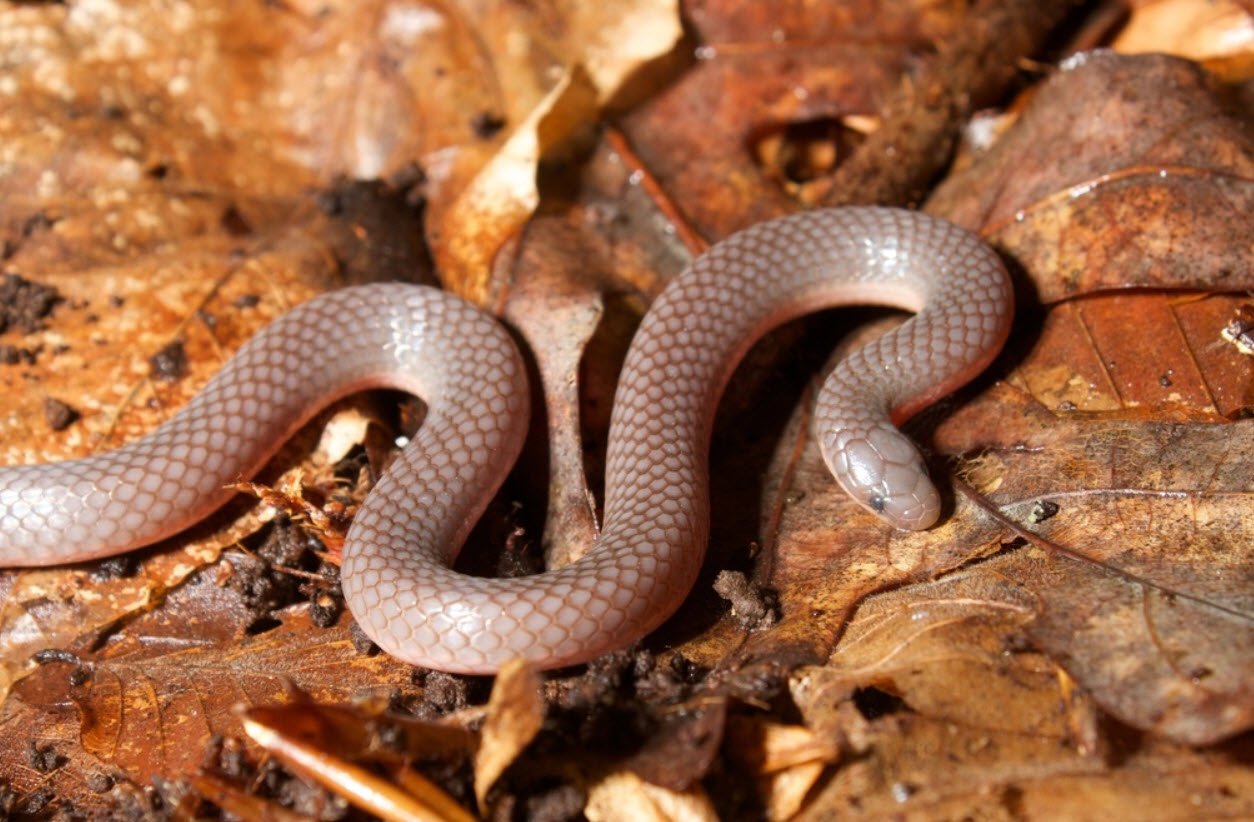
5. Black Rat Snake
The black rat snake (Pantherophis obsoletus) is among the biggest and longest snake species in Pennsylvania. These non-venomous snakes are excellent climbers and can reach impressive lengths, making them a fascinating part of the state’s wildlife.
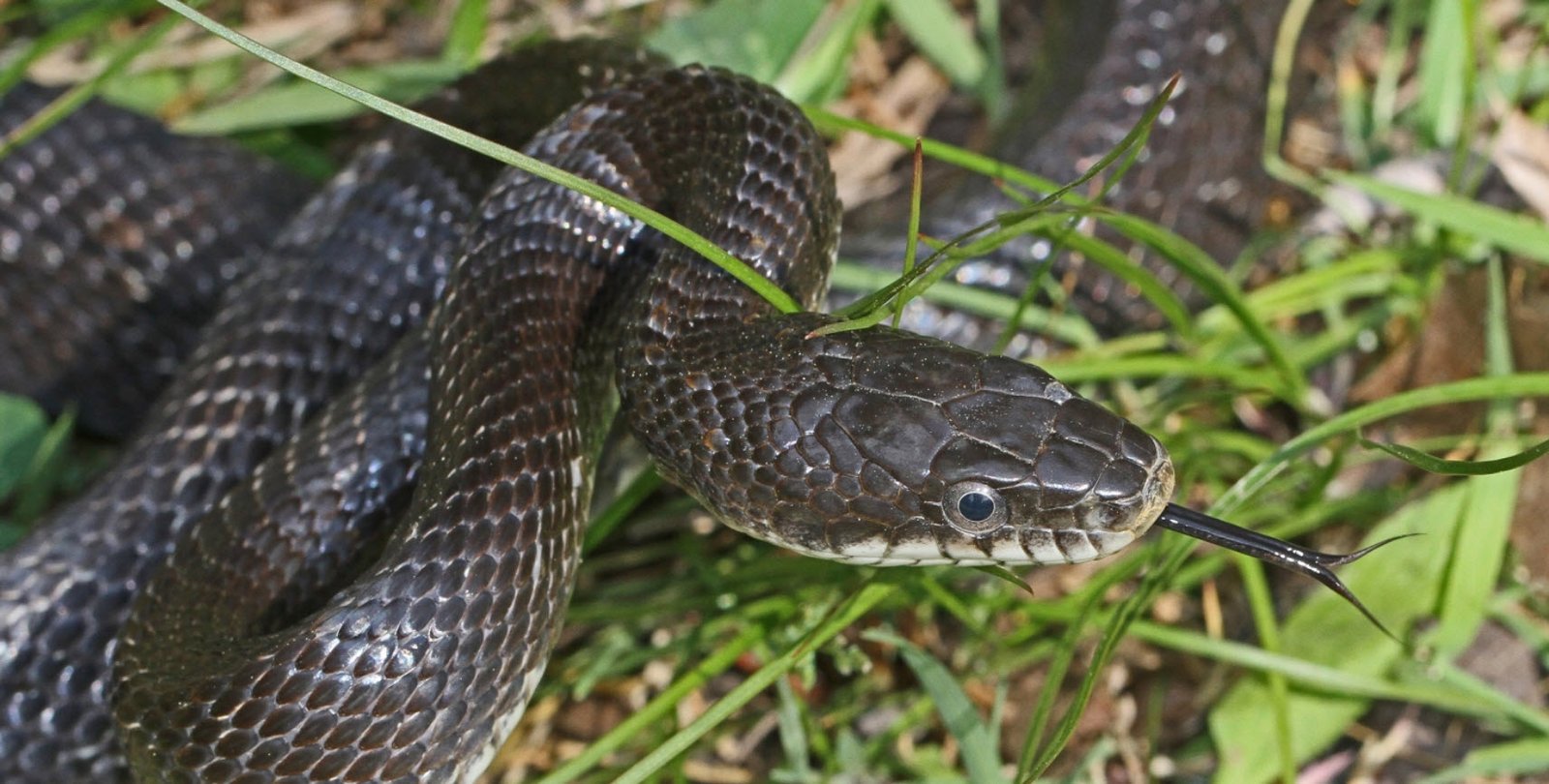
6. Northern Water Snake
The northern water snake (Nerodia sipedon) is another sizable snake found in Pennsylvania. Often mistaken for venomous snakes, they are harmless but may exhibit defensive behaviors when approached.

7. Eastern Hognose
The eastern hognose snake (Heterodon platirhinos) is known for its distinct upturned snout. While not the longest, it is a relatively large snake and an interesting inhabitant of Pennsylvania’s ecosystems.

8. Northern Black Racer
The northern black racer (Coluber constrictor constrictor) is one of the most common snakes in Pennsylvania. These non-venomous snakes are known for their speed and agility.

9. Northern Ring-Necked Snake
The northern ring-necked snake (Diadophis punctatus edwardsii) is a small, harmless snake known for its distinct coloration and ring-like markings.

10. Eastern Smooth Green Snake
The eastern smooth green snake (Opheodrys vernalis) is a non-venomous snake known for its vibrant green coloration and slender body.
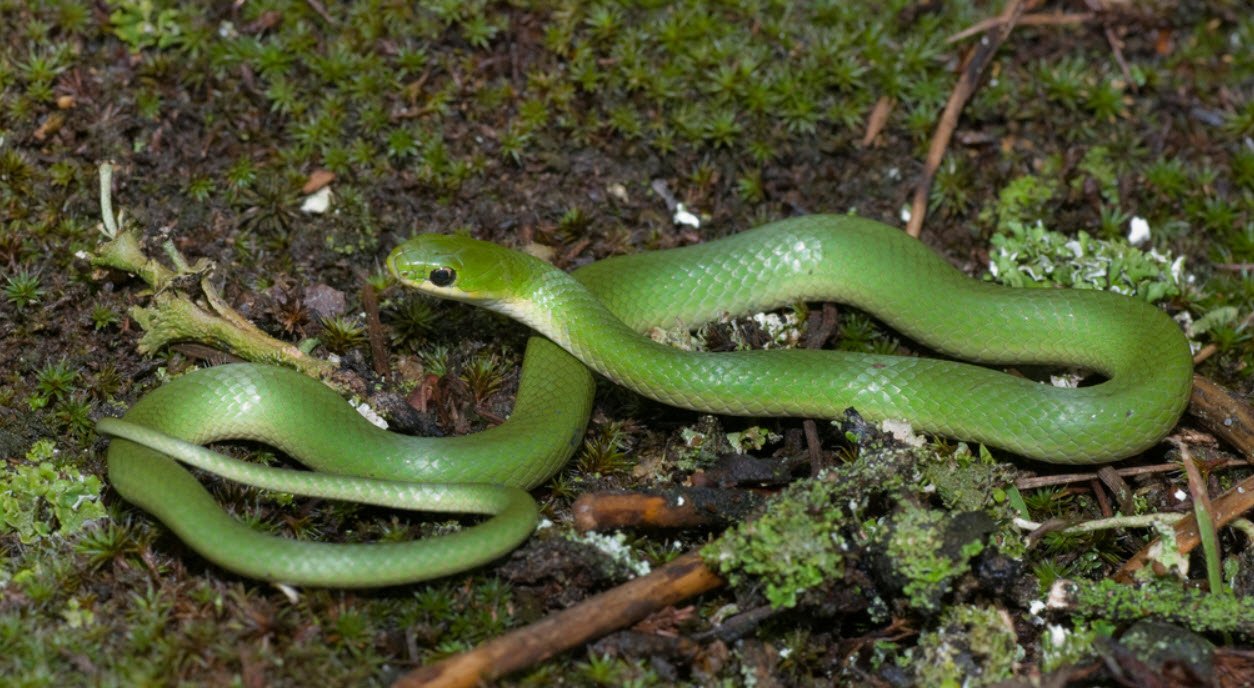
11. Queen Snake
The queen snake (Regina septemvittata) is a semi-aquatic snake found near water sources. They primarily feed on freshwater crayfish.
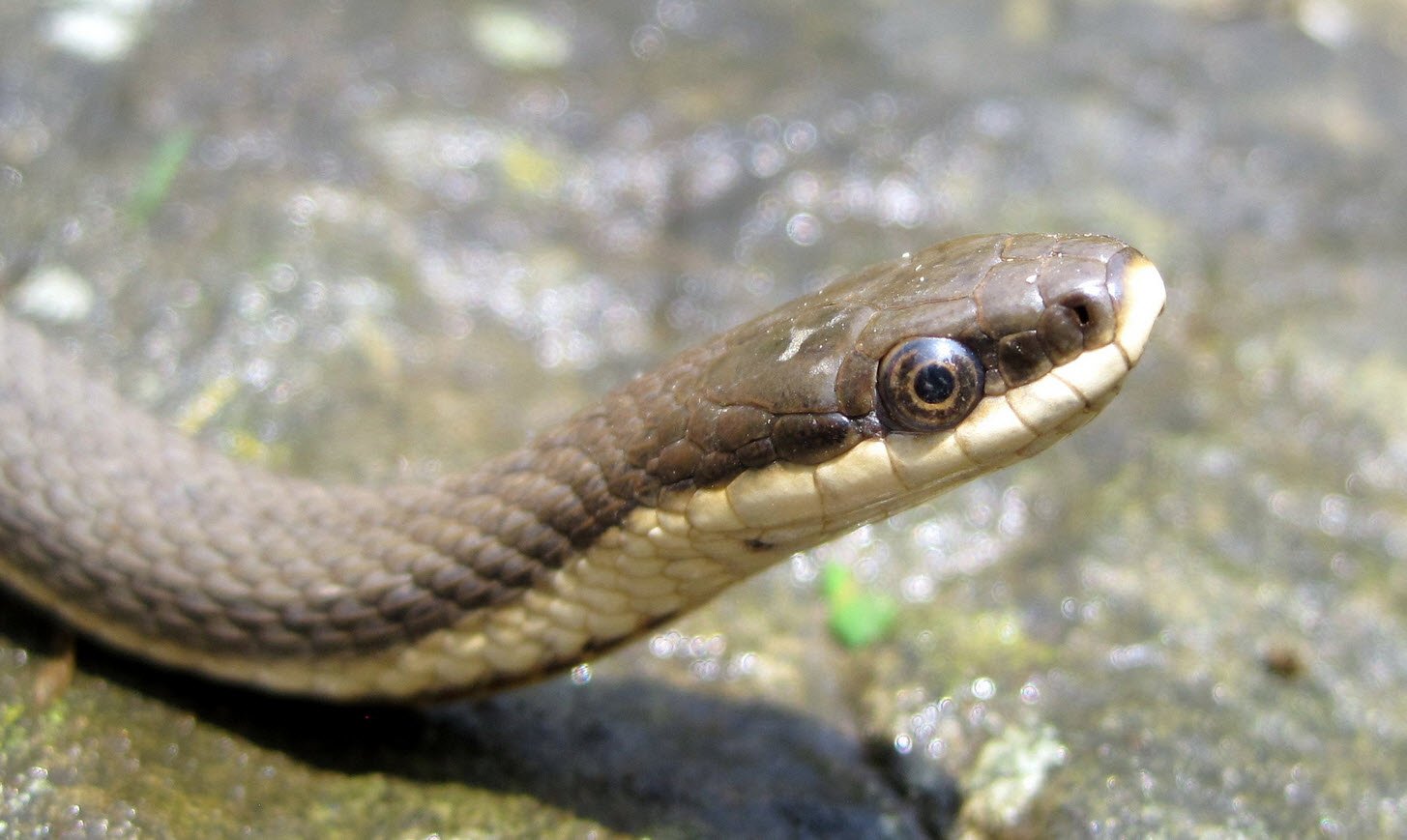
12. Eastern Garter Snake
The eastern garter snake (Thamnophis sirtalis) is a common and harmless snake known for its distinct stripes and patterns.
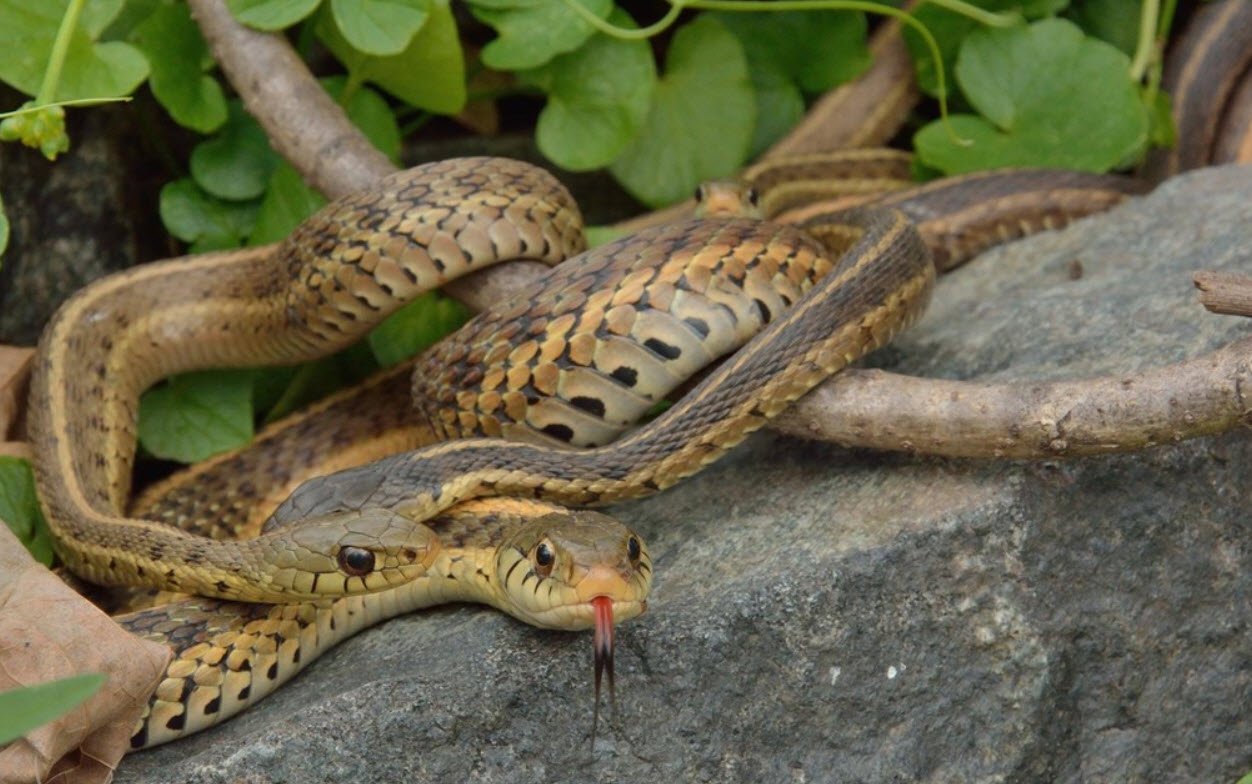
13. Eastern Milk Snake
The eastern milk snake (Lampropeltis triangulum triangulum) is a non-venomous species often mistaken for the venomous coral snake due to its similar coloration.
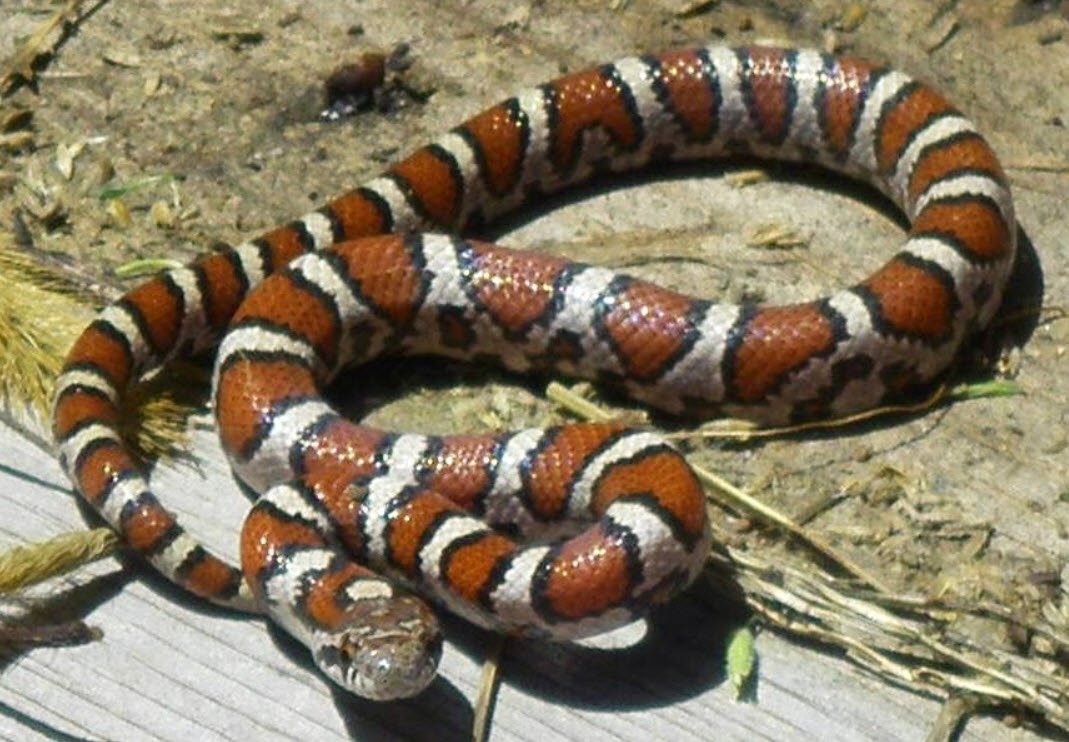
In conclusion, the diverse array of snake species in Pennsylvania enriches the state’s wildlife. While some snakes are venomous and require caution, the majority are harmless and contribute to the ecological balance. Understanding and appreciating these remarkable creatures is essential for coexisting harmoniously with the natural world.



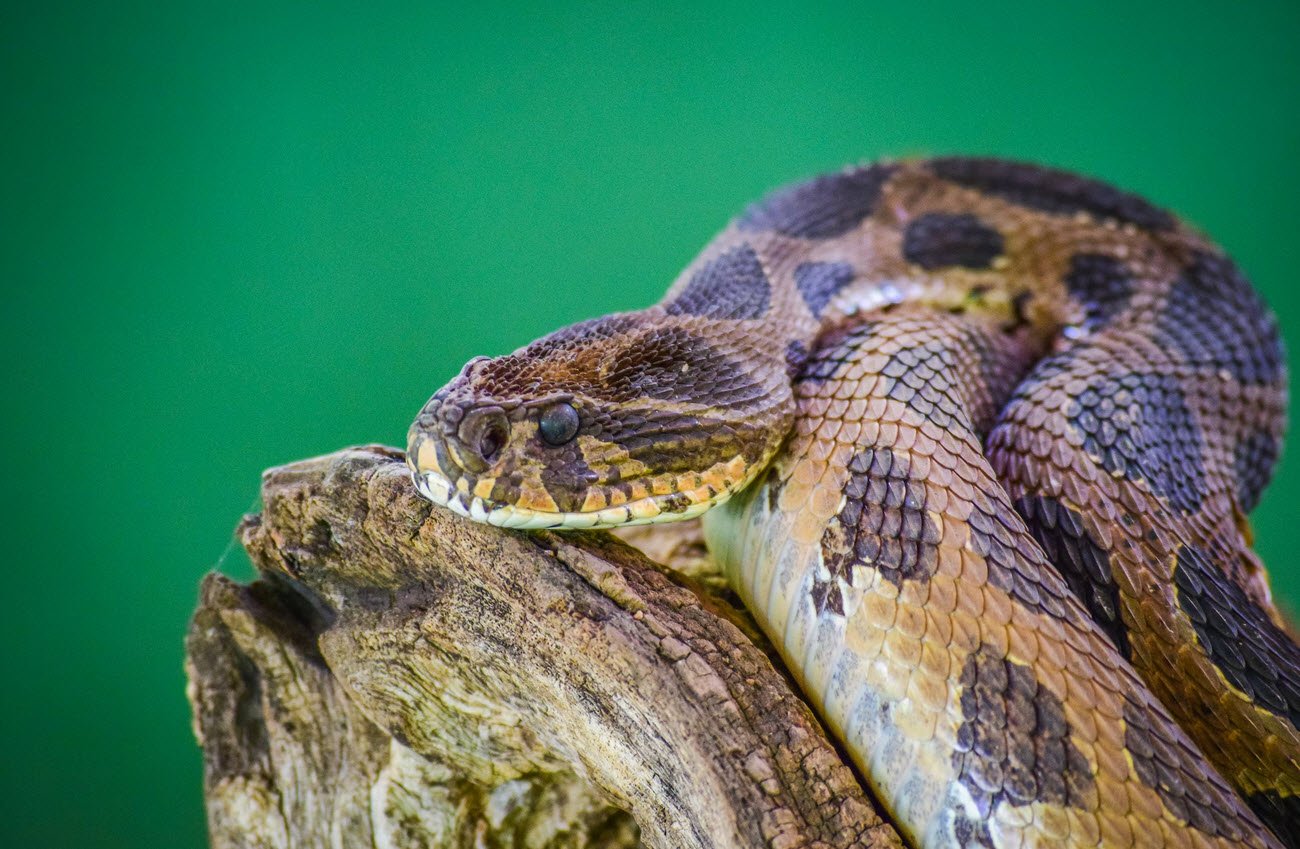
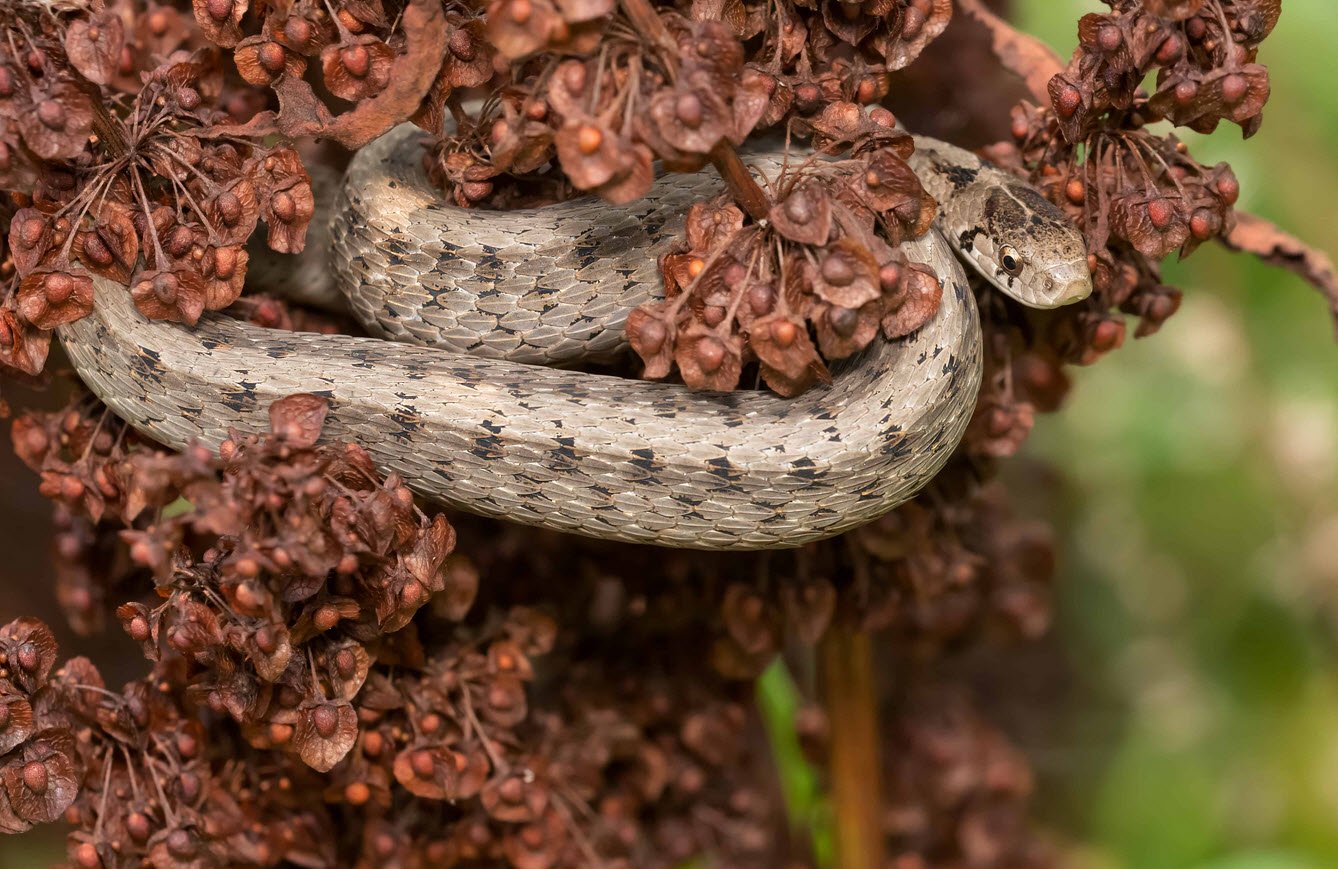
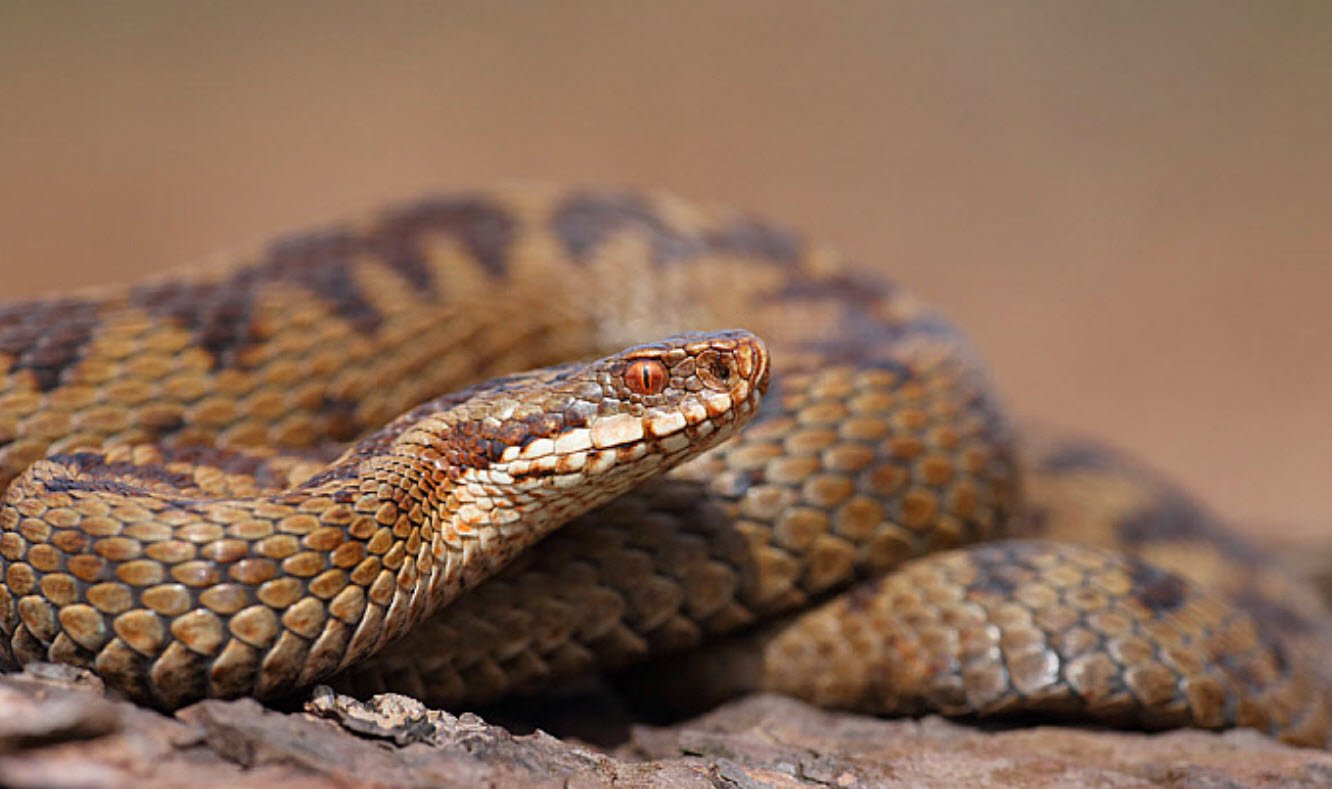



This Post Has One Comment